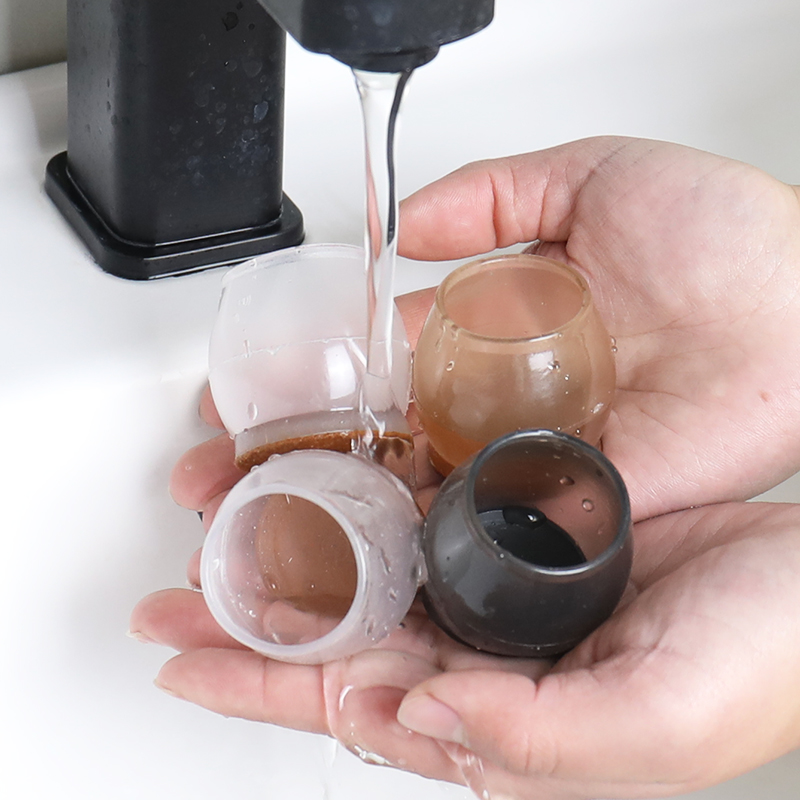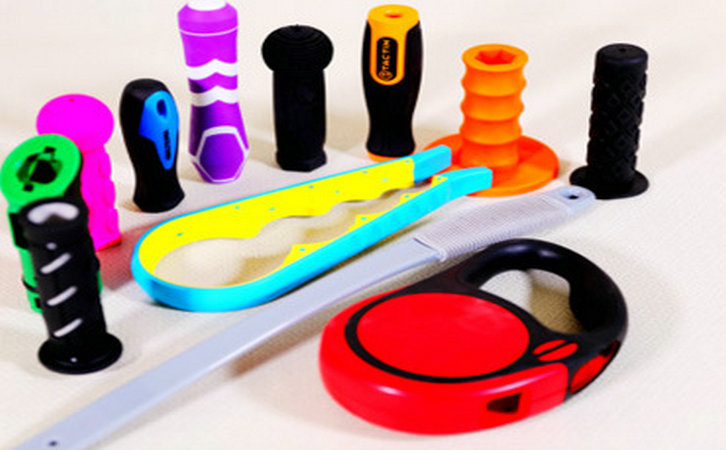When people first get into the world of thermoplastic elastomers (TPR), they often assume it’s just another soft plastic—like PVC. I’ve been working with TPRs and PVC for well over 15 years now, in everything from toy factories to automotive parts suppliers, and if there’s one rookie mistake I still see surprisingly often, it’s this: storing or processing TPR together with PVC, or worse, trying to blend scrap from both into the same recycling or regrind stream.

It seems harmless on the surface. Both materials are soft, flexible, and process on standard extrusion or injection molding machines. But underneath, there are serious compatibility problems that can lead to production defects, product failures, and even long-term safety hazards.
The Real Question People Are Asking
Anyone searching “why shouldn’t TPR be mixed with PVC?” is usually dealing with one of these scenarios:
They’re considering regrinding edge trim or scrap parts to save cost—and wonder if they can just combine leftovers from both TPR and PVC lines.
They’re looking at storage logistics—stacking bags of TPR and PVC pellets together, or keeping them in the same bins.
They’ve encountered unexpected stickiness, color changes, or even surface sweating on finished products, and are trying to figure out why.
The underlying concern is simple: Will storing or processing TPR together with PVC cause any problems? And if so, how serious are they?
Let me give you a thorough answer based on years of hands-on troubleshooting.
Why TPR and PVC Don’t Play Well Together
1. Chemical Incompatibility
At a molecular level, most TPRs (especially SEBS-based ones) are non-polar hydrocarbons, while PVC is polar due to the chlorine atoms in its polymer chain. This means:
They have different solubility parameters, so they don’t blend well.
Trying to mix or recycle them together results in phase separation, leading to brittle, streaky, or greasy parts.

2. Plasticizer Migration
This is probably the single biggest practical issue I’ve seen over the years.
Most soft PVC compounds use phthalate or other ester-based plasticizers to make them flexible. TPR, on the other hand, often contains mineral or paraffinic oils.
When you store TPR products or pellets together with PVC:
Plasticizers can migrate between the two, destabilizing both materials.
The TPR might become tacky or overly soft, while the PVC could harden, shrink, or show surface exudation (often called “bloom”).
I’ve visited toy manufacturers who stacked TPR and PVC injection parts together in the same bins. Within two weeks, they noticed oily residues and uneven softness on both. Testing showed the oils had literally migrated between the parts.
3. Heat Stability Problems During Processing
PVC requires heat stabilizers because it starts to decompose at temperatures above 160–170°C, releasing hydrochloric acid (HCl) gas.
If even a small amount of PVC accidentally ends up in your TPR hopper, it can start breaking down under normal TPR processing temps (often 180–210°C).
That HCl doesn’t just smell unpleasant—it can catalyze further degradation, causing discoloration, brittleness, or corrosion of processing equipment.

4. Long-Term Product Failures
Because of this incompatibility, combining TPR and PVC—whether during processing, regrinding, or even in simple co-storage—can lead to:
| Typical Problem | Why It Happens | Visible Result |
|---|---|---|
| Surface stickiness | Plasticizer migration | Parts feel tacky or greasy |
| Loss of flexibility | Oil & plasticizer imbalance | Parts crack on bending |
| Unexpected yellowing | HCl degradation in TPR | Aged parts turn off-color |
Several years back, I was helping a contract manufacturer producing medical tubing. They ran TPR on one line and PVC on another. A junior operator decided to consolidate warehouse space by stacking all leftover bags—TPR and PVC—together.
Two months later, they started seeing surface sweating on both products, leading to failed biocompatibility tests. It turned out the plasticizers had diffused across bag surfaces, altering the formulations just enough to fail quality checks.
They lost two full containers of inventory and had to replace several warehouse racks due to oil seepage. Lesson learned—keep them physically separate.
How I Manage This in Practice
Over the years, I’ve developed a few simple rules of thumb on any shop floor:
Always store TPR and PVC separately.
Even in pellet form, don’t stack them in the same pallet rack. Ideally, keep them in separate temperature-controlled zones to reduce migration rates.
Never mix regrind.
If you’re reclaiming runners, sprues, or scrap, keep TPR regrind strictly separate from PVC. Even small cross-contamination can ruin a batch.
Purge thoroughly between material changes.
If switching from TPR to PVC (or vice versa) on the same machine, use a suitable purging compound. Otherwise, leftover TPR oil might destabilize PVC—or residual PVC might degrade in your next TPR run.

Label everything clearly.
I can’t count how many “mystery bags” I’ve seen. Good labeling with material type, grade, date saves so much headache later.
Typical Questions I Hear on This Topic
Q: Can TPR and PVC be co-extruded or over-molded?
A: Not usually. Because of their incompatibility, you’d typically see poor adhesion. If you need to co-mold, consider TPU or special modified TPEs designed for PVC compatibility.
Q: Will simply storing TPR and PVC in the same room cause problems?
A: Usually only if they’re in close contact (like stacked bags, or mixed bins). Still, in humid or warm warehouses, I’ve seen migration even across bag surfaces. Best to keep them on separate racks.
Q: Are there TPR grades compatible with PVC?
A: Yes—some TPE-P or PVC-alloyed TPE grades exist specifically for over-molding on PVC. Check with your supplier; they typically blend polar components to improve compatibility.
Q: Is the contamination problem only about looks?
A: No—it also affects long-term mechanical properties and chemical resistance. Plus, once you run a contaminated batch, it can take multiple purges to clean out.

Some of My Personal Best Practices
If you’re running a facility with both TPR and PVC products, here’s what’s worked well for me over the years:
Dedicated color mixers and hoppers. Even tiny residues of one material can migrate.
Clear QC protocols. Train inspectors to spot tackiness or unexpected gloss changes that might hint at contamination.
Regular checks of hardness and color over storage time. I’ve caught early migration this way—before a shipment got packed.
In Summary
To wrap it all up: TPR and PVC are fundamentally different animals.
Chemically, they’re incompatible.
Physically, their plasticizers can migrate.
Thermally, they decompose differently.
Whether you’re worried about product quality, machine longevity, or customer satisfaction, the safest approach is to keep TPR and PVC strictly separate—during storage, processing, and recycling.
I’ve seen too many costly mistakes from people treating them as interchangeable just because they’re both “soft plastics.” With a bit of planning and discipline, you can avoid those headaches altogether.
Related Q&A for Readers
Q: What’s the biggest sign that TPR and PVC contamination has happened?
You’ll usually see unexpected stickiness or sweating on surfaces, sometimes paired with slight yellowing over time.
Q: Is there a quick lab test to check for cross-contamination?
Yes, FTIR analysis can quickly reveal mixed peaks indicating both SEBS and PVC. Some facilities also use DSC to spot incompatible melting behaviors.
Q: Can I just run a high-temp purge to clean a machine that ran both?
Be careful. Overheating leftover PVC can release corrosive HCl, damaging your screw and barrel. Use recommended purging compounds and moderate temperatures.





